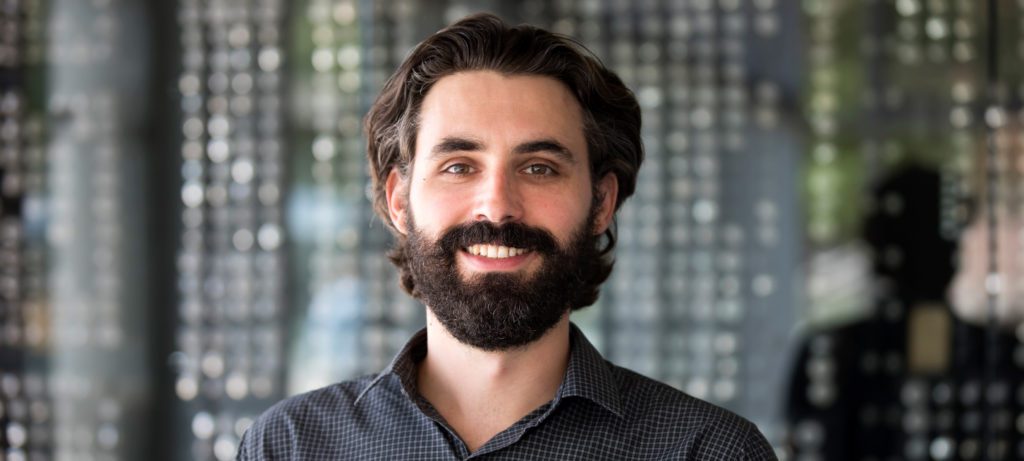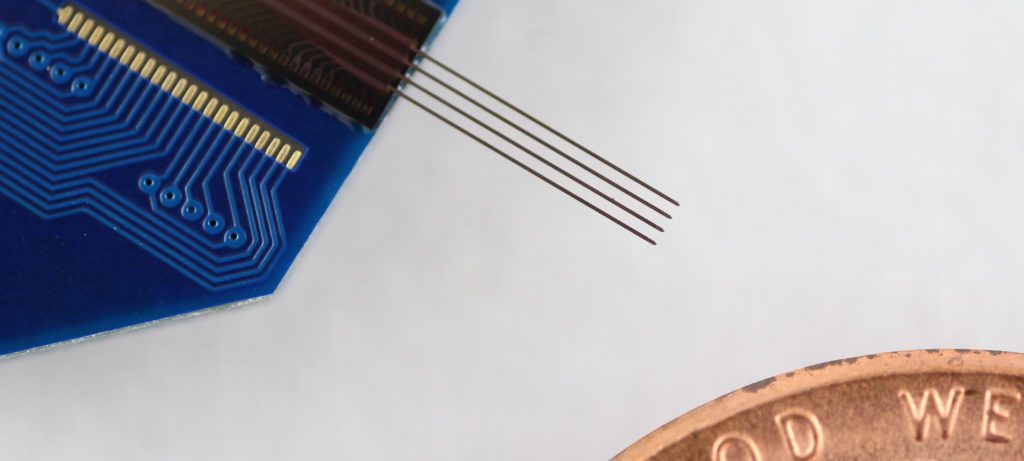Clinicians and researchers published two proof-of-concept papers.
The post Two new devices protect health care workers, help patients during COVID-19 appeared first on Engineering Research News.

Clinicians and researchers published two proof-of-concept papers.
The post Two new devices protect health care workers, help patients during COVID-19 appeared first on Engineering Research News.

Graphical online simulation could spur more targeted COVID-19 protection measures.
Predictive model could help care providers stay safe, anticipate patient needs.
The post Faster than COVID: a computer model that predicts the disease’s next move appeared first on Michigan Engineering News.
Part of the team that brought us the world’s smallest computer in 2015 brings the future of computing technology into the present.
The post Battery-free sensor startup takes aim at industrial efficiency appeared first on Michigan Engineering News.
Is there a way to get biofuels right?
The post We’re doing ethanol wrong appeared first on Michigan Engineering News.
U-M startup says robotic food deliveries have quadrupled.
The post Delivery robots help Ann Arbor restaurants weather COVID appeared first on Michigan Engineering News.
Faculty project takes innovative approach to improving student learning.
The post Engineering faculty among Provost’s Teaching Innovative Prizes appeared first on Michigan Engineering News.
Mower Provost talks about getting awards, doing industry research, understanding human behavior – and Star Wars.

It will now be possible to study brain activity when timing is important, such as the consolidation of memory.
Magnetic flux findings suggest “profound consequences for basic solar processes.”
The post Switchbacks and spikes: Parker Solar Probe data consistent with 20-year-old theory appeared first on Michigan Engineering News.